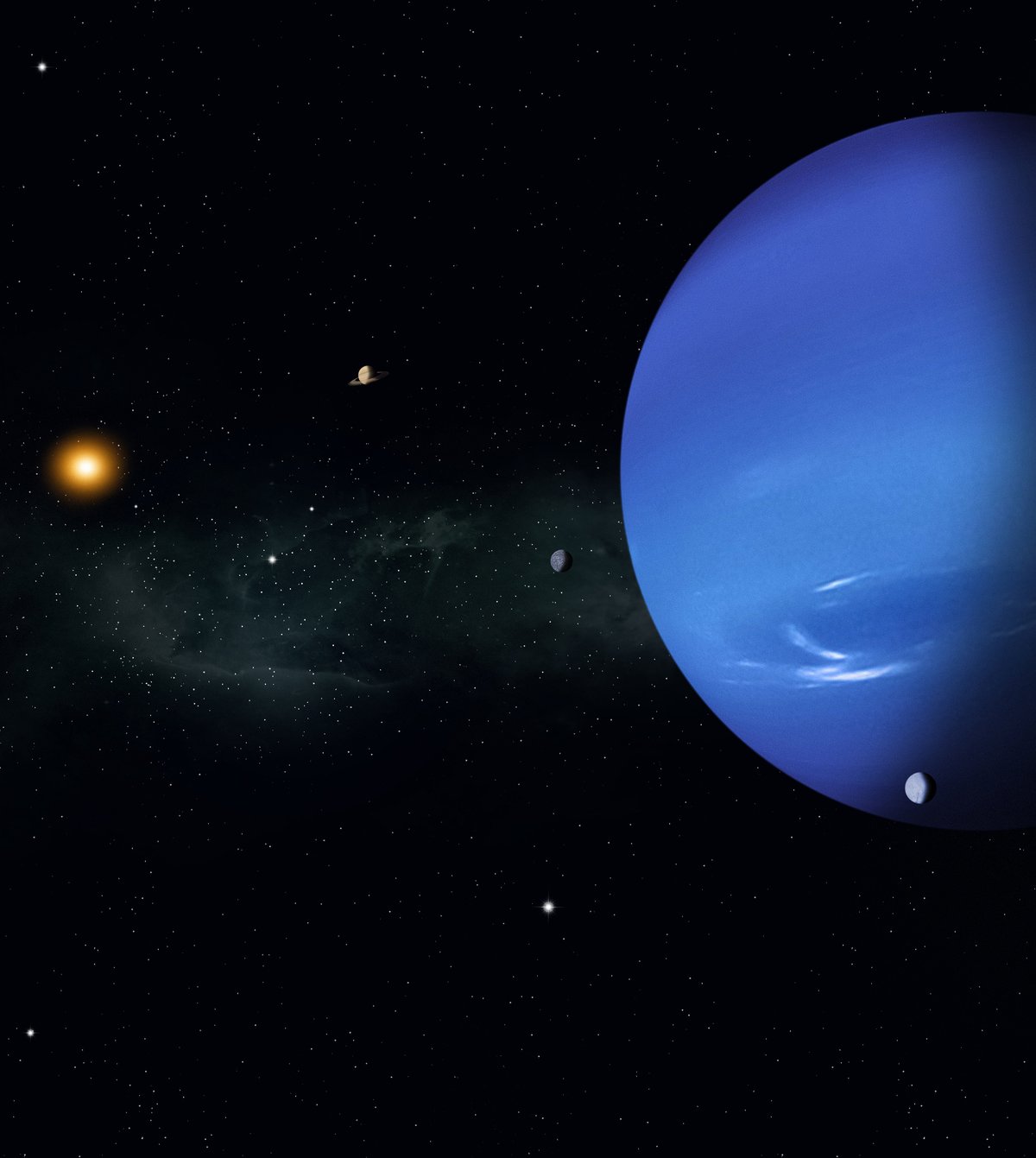An international team of scientists investigating how exoplanets form and evolve has come up with a new “map” that they explain in metaphorical language. Distribution patterns of planets called “Neptunes” because they are similar in size to our blue neighbor.
The study, recently published in the journal Astronomy & Astrophysics, suggests that a Neptunian “mountain range” exists “between the desert and the populated Neptunian savanna.” In this context, the desert, which has few exoplanets close to its star, is of interest to astronomers and planetary scientists, while the savanna exhibits an abundance of worlds farther from its star.
Thus, the newly identified Neptune mountain range marks a critical region. “marks a sharp transition between the barren Neptunian desert and the more populous Neptunian savanna”“These are the most common,” study co-author Vincent Bourrier, a professor at the University of Geneva in Switzerland, said in a statement.
Mountain range between the desert and the Neptune savanna
To contextualize the vastness of exoplanet systems, researchers divide exoplanets by their radii and orbital periods. This is how superjupiters and super-Earths, larger than the planets in the Solar System, and sub-Neptuns, smaller than the gaseous planetThe suffix “hot” describes a planet that orbits its star in a few Earth days, or even a few hours.
Based on these concepts, scientists in the current study tried to define the boundaries of the Neptunian desert, that is, the scarcity of hot Neptunes. The current theory is that this scarcity is due to intense stellar radiation that destroys the atmospheres of these planets. We turn them into planetoids in a process known as photoevaporation.
Far from this “dryland,” there are Neptunian savannas where worlds far from their stars have managed to keep their atmospheres and sizes intact. But some of these Neptunes are abandoning their “planetary biomes.” They migrate to the desert and find their atmosphere is taken over by stars..
Why do savanna planets go to Neptune mountain ranges?

To understand how it is In sculpting the Neptune desert and savanna, the authors used NASA’s Kepler space telescope, for Identify the precise regions of this landscape. They discovered an intermediate region that includes the Neptune Range, with an orbital period between 3.2 and 5.7 Earth days., According to Bourrier, this “provides the key to understanding the physical mechanisms that shape the desert.”
The existence of something like a mountain range suggests that some Neptunes were pulled into this region by “high eccentricity migration,” changing their orbits to a more elongated or elliptical shape, but still retaining some of their atmosphere even when exposed to intense stellar radiation.
According to Amadeo Castro-González, first author of the study and a doctoral student at the Madrid Astrobiology Center,“The Neptune mountain range is just the beginning”As this observational program progresses, it will be possible to test hypotheses about the origins and evolution of these enigmatic worlds, the statement said.
Stay up to date with the latest exoplanet studies on TecMundo. Or take the opportunity to learn a little more about the mysterious dwarf planet Sedna. Until later!
Source: Tec Mundo
I’m Blaine Morgan, an experienced journalist and writer with over 8 years of experience in the tech industry. My expertise lies in writing about technology news and trends, covering everything from cutting-edge gadgets to emerging software developments. I’ve written for several leading publications including Gadget Onus where I am an author.












